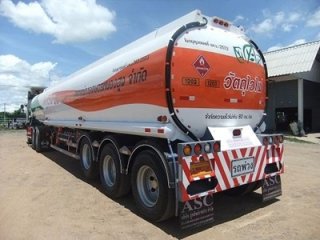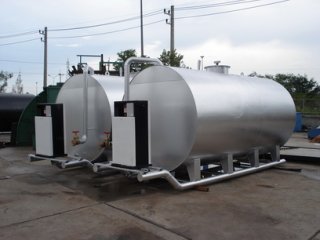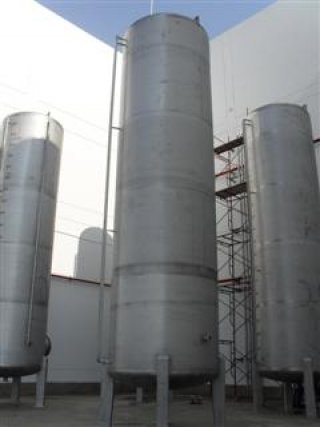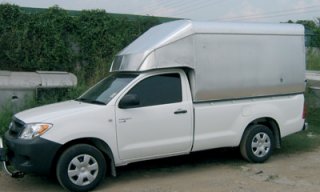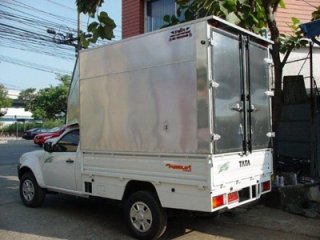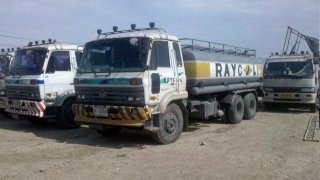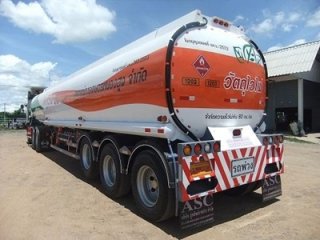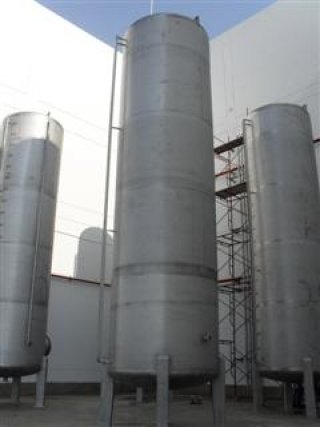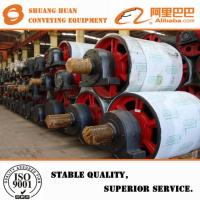- Your Shopping Cart is empty
- Agriculture
- Amway Products
- App Products
- Apparel products
- Auto vending machine
- Automotive
- Bags, cases
- Car Rental
- Computer, hard/software
- Construction
- Consulting and services
- Energy
- Environmental
- Fashion Accessories
- Food & Beverage
- Foundation
- Franchise
- Furniture
- Gifts & Crafts
- Hardware
- Health & Beauty
- Home appliances
- Home supplies
- Hotel & Accommodation
- Industrial equipment
- Insurance
- Jewelry/eyewear/watches
- Lighting equipment
- Logistics
- Manufacturing machinery
- Measuring instruments
- Mechanical Components
- Medical Equipment
- Minerals, Metals and more
- MLM Business
- Multimedia
- Office supplies
- Old Air
- Packaging and paper
- Plastics
- Printing/publishing/design
- Property
- Sea equipment
- Security & Protection
- Shoes, footwear
- Spa & Massage Service
- Sports Equipment
- Telecommunications
- Textiles & Leather
- Tools
- Toys
- Travel and Tours
- Visa Services
- Warehouse for Rent
Minerals, Metals and more
Minerals, Metals and more
Sandblasting is a general term used to describe the act of propelling very fine bits of material at high-velocity to clean or etch a surface.
A sandblasting setup usually consists of three different parts: the abrasive itself, an air compressor, and a blaster nozzle.
Sandblasting is primarily used for two somewhat different applications.
Due to the dangers of inhaling dust during the process, sandblasting is carefully controlled, using an alternate air supply, protective wear.
The first of these is to clean a surface of anything that may be clinging to it. The second is to either etch or carve designs or words into glass.
For etching and small object cleaning, a workstation to hold the piece of glass is also needed, as is some sort of collector to gather up excess dust.
Any small, relatively uniform particles will work, such as steel grit, copper slag, walnut shells, powdered abrasives, even bits of coconut shell.
Since the lung disease silicosis is caused by extended inhalation of the dust created by sand, other materials are now used in its place.
1.High quality raw material: Q235 / Q 245 / Mn steel plate. 2.Long service life (about 8 years


